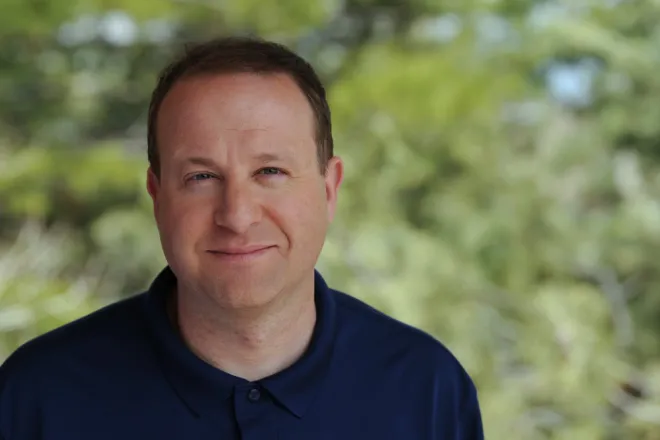
Colorado Foster Care System in Need of More Parents
© iStock
Colorado’s foster care system needs more than a thousand new foster families by 2019, including more parents who identify as Hispanic, black, LGBTQ, or American Indian, the Colorado Department of Human Services (CDHS) has stated.
Based on a recent analysis by CDHS, Colorado currently has just over 2,000 foster families supporting kids in foster care. Colorado needs 1,200 more foster families in the next two years. Some parents need more support to learn the skills and tools necessary to better parent their kids. Every day in Colorado, about 14 of those children temporarily enter the foster care system while their parents work with trained professionals to improve their parenting abilities. In 2016, nearly 10,000 children and teens were placed in an out-of-home placement like a foster family, group home, group center or residential child care facility for their safety. This number has steadily grown over the last three years.
“Kids are resilient. Even if a child experiences trauma at a young age, they can reach their full potential with the support and love of dedicated adults,” said Luis Guzman, acting director of the CDHS Office of Children, Youth and Families. “We can’t allow so many Colorado children to end the day without a safe place to sleep. We need adults from all communities and backgrounds to step up and help our kids. You don’t have to be a perfect to be a foster or adoptive parent. All that matters is that you are ready to make a difference in a child or teen’s life at a time when they need you the most.”
CDHS strives to maintain consistency for children who enter the system by keeping kids in their schools and communities. Finding placements for foster children with families in their current community is one way to maximize stability for kids and teens in foster care during a difficult and turbulent time. Often, when a child enters foster care, they change schools and move away from other supporting institutions and adults when they join their foster family in another community.
County human services departments and child placement agencies are emphasizing recruiting foster parents from diverse communities and backgrounds in order to better ensure that parents are just as diverse as the kids in their care, but encourage all qualified adults to apply in order to help meet the growing demand. For instance, there are approximately 5,000 children and youth in out-of-home placement in Colorado. By most recent estimates, nearly 2,000 children identify as Hispanic, but only 450 foster families identify similarly. In addition, Colorado has about 600 black children in the foster care system, with 200 black foster parents, and 28 kids of American Indian or Native Alaskan backgrounds but only 10 parents. American Indian children in foster care must be placed with adults enrolled in tribes.
Collaboration at the state and local level with county human service agencies, child placement agencies, community partners and school districts is taking shape to target efforts to recruit foster parents from areas with children in need to avoid a school change while children are temporarily living in a foster home. CDHS’ Division of Child Welfare is working closely with county and child placement agencies to develop recruitment plans that meet the needs of the children, youth and families in local communities. The Department is also providing additional funding and marketing materials to county human service departments and child placement agencies to support localized recruitment efforts.
This year, CDHS has already distributed $100,000 in grant funding to county human service departments and child placement agencies to support foster parent recruitment. The Department plans to award another $50,000 in grant funding to aid county human service departments and child placement agencies in the implementation of planned recruitment efforts. CDHS also plans to distribute $50,000 in grant funding from Casey Family Programs targeting counties and specific areas experiencing high rates of school mobility among children in foster care.
There are many foster children with more complex emotional, behavioral and mental health needs. Adults who are willing to foster or possess specialized skills that allow them to better parent these children are encouraged to apply. Many of these young people are living in a group home, Residential Child Care Facility or other secure facility, but the federal Administration for Children and Families and many others in the child welfare community agree that these kids are best served in a family setting. Families willing to take in older teens and sibling groups are also in high demand to help prevent siblings from being split up during their time in foster care.

















